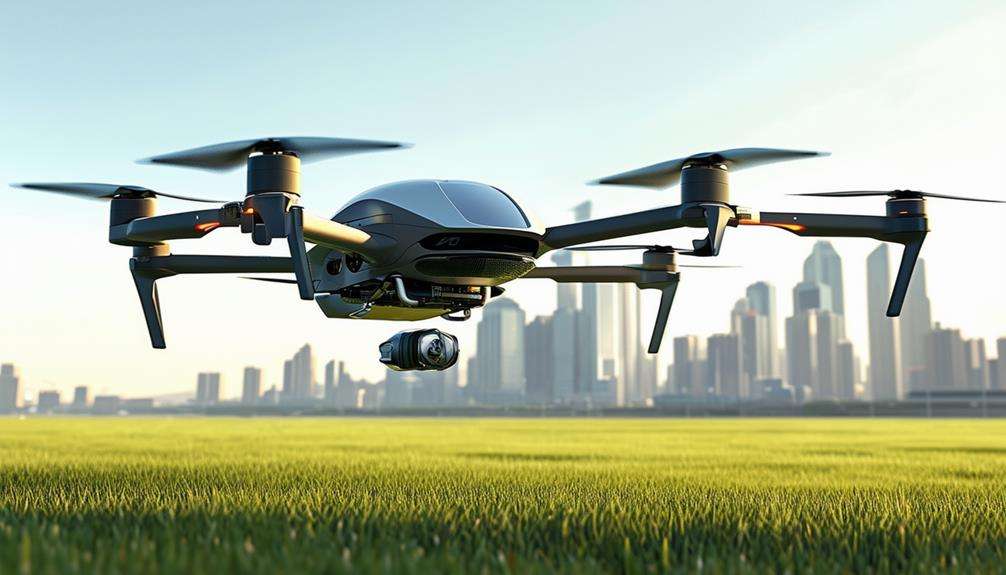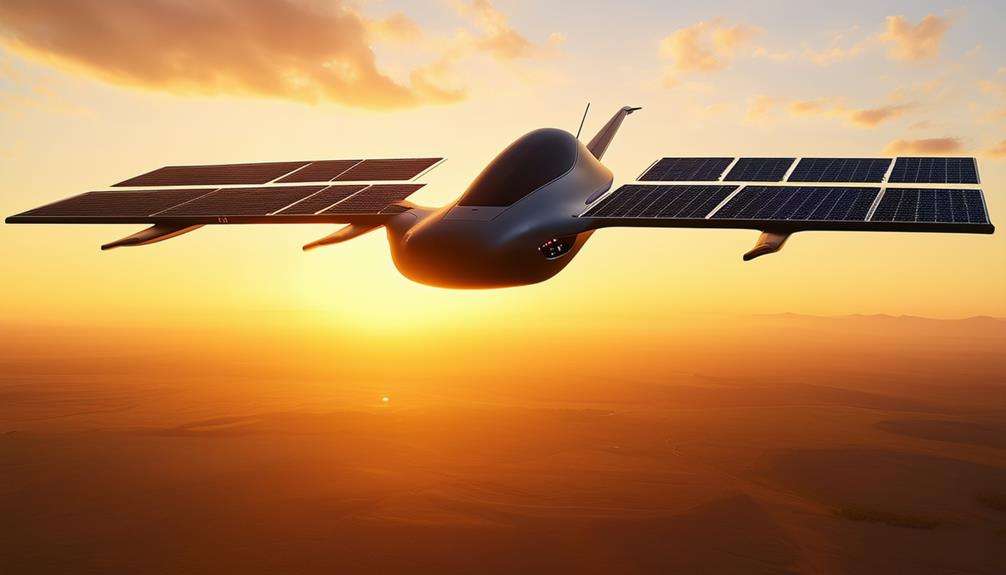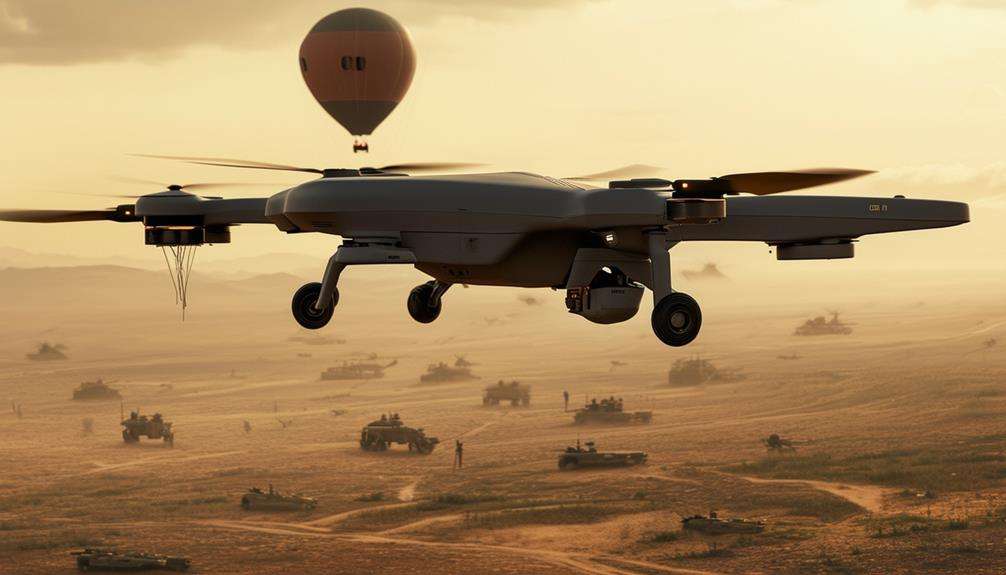The Future of UAVs in Urban Air Mobility: Drones in City Transportation
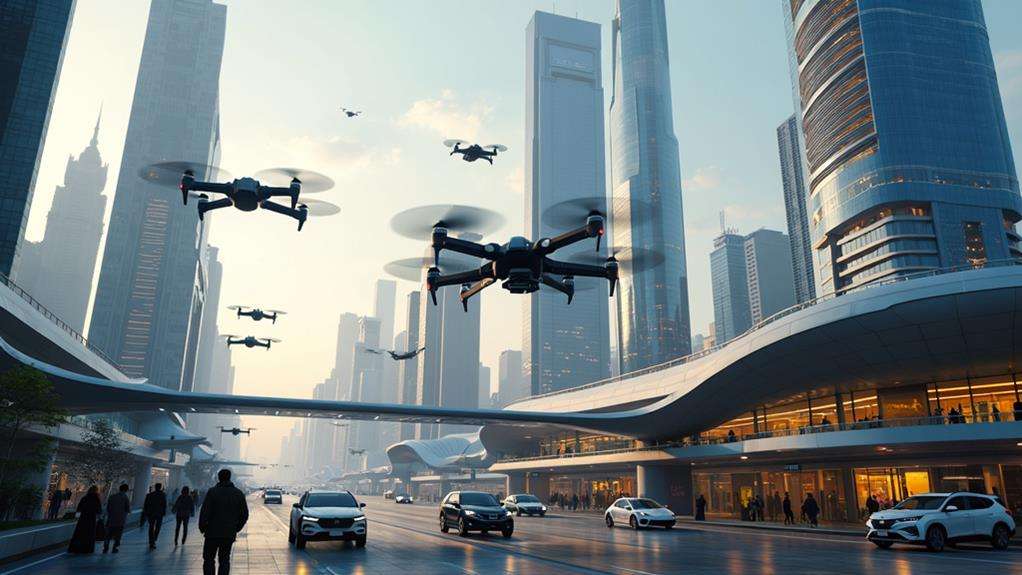
Imagine a city where drones seamlessly integrate into the urban landscape, revolutionizing transportation. This shift could significantly impact your daily commute and the efficiency of package deliveries. With eVTOL technology advancing rapidly, the promise of reduced ground traffic and quicker transit times is becoming a reality. However, regulatory hurdles and public trust remain significant challenges. The future of UAVs in urban air mobility offers both exciting opportunities and complex challenges. So, what does this mean for you and your city?
Overview of UAM
Urban Air Mobility (UAM) aims to revolutionize urban transportation by integrating drone technology into city transit systems. This initiative focuses on using highly automated electric Vertical Take-Off and Landing (eVTOL) vehicles to transport passengers and cargo at lower altitudes in densely populated urban areas. These eVTOLs offer a promising solution to reduce ground traffic congestion, shorten transit times, and provide a sustainable alternative to traditional transport methods.
Currently, many companies are actively testing eVTOL platforms to demonstrate their capabilities and gather essential data for commercial operations. Despite this progress, the widespread adoption of UAM faces significant challenges. Public acceptance is a key hurdle, as people need to feel safe and confident about these new technologies operating in their skies. Additionally, robust regulatory frameworks are crucial to ensure safe and efficient operations. Policymakers and regulatory bodies must collaborate to develop guidelines that address airspace management, safety standards, and privacy concerns.
Ongoing research and collaboration between the government and private sectors are essential for developing these regulatory frameworks and gaining public trust. By addressing these challenges, UAM can unlock a transformative shift in urban transportation.
Support Services for UAM
To navigate the evolving landscape of Urban Air Mobility (UAM), stakeholders can leverage a variety of support services designed to provide tailored insights and foster informed decision-making. On-demand research services offer customized market insights into UAM, helping you stay ahead in the drone industry. Comprehensive reports, such as the "State of Drones Report," deliver in-depth analysis of industry trends and developments, keeping you well-informed about the latest advancements in air taxis and flight operations.
Additionally, various articles and publications are available to keep you updated on ongoing advancements and best practices in UAM. Free resources like white papers and case studies provide valuable information to better understand the complexities and opportunities within UAM. Networking opportunities through platforms like LinkedIn facilitate connections among industry professionals, enhancing collaboration and knowledge sharing.
Here is a quick overview of the available support services:
| Service Type | Description |
|---|---|
| On-Demand Research | Customized market insights on UAM |
| Comprehensive Reports | In-depth analysis of industry trends (e.g., "State of Drones Report") |
| Free Resources | White papers, case studies, and articles |
These services ensure stakeholders are equipped with reliable, actionable information, fostering a more interconnected and well-informed UAM ecosystem.
Market Research and Consulting
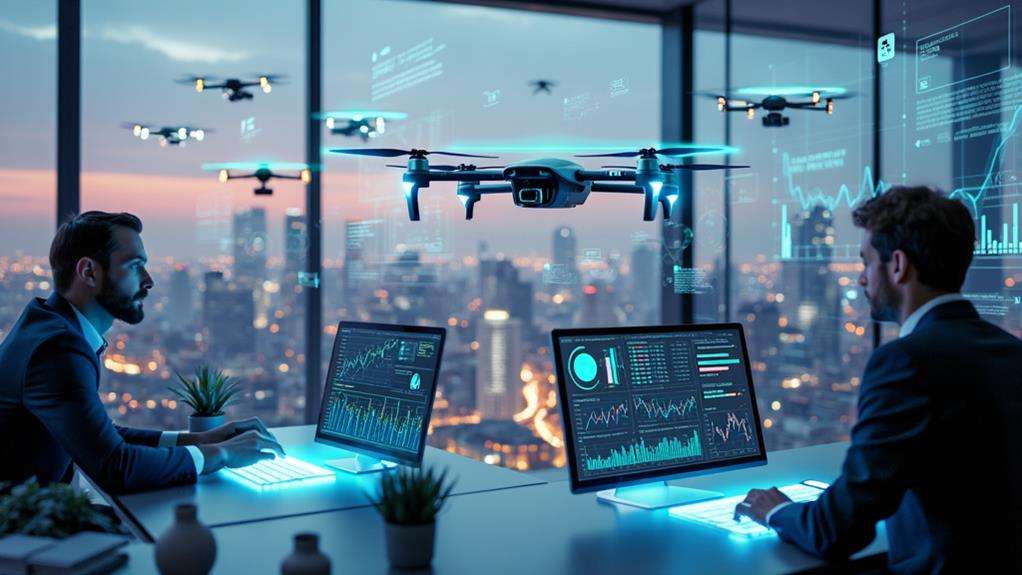
Stakeholders in the Urban Air Mobility (UAM) sector find market research and consulting indispensable for navigating this emerging industry. Tailored market research provides actionable insights, essential for strategizing entry into the drone market. Workshops on drone applications in UAM offer valuable information on market opportunities and technological advancements, crucial for staying ahead in urban transport.
Commercial due diligence services can be transformative, assessing potential partnerships or investments in the UAM sector. These services ensure informed decision-making, risk mitigation, and maximized investment returns. Additionally, consulting assistance in revamping pitch decks can significantly enhance your appeal to potential investors by clearly communicating your value propositions.
Comprehensive reports on UAM topics are available for purchase, offering in-depth analysis and data to guide strategic planning and operational decisions. Whether you're an investor or a business targeting the drone segment, these resources provide the knowledge needed to thrive in the UAM ecosystem. Market research and consulting are not merely add-ons; they are essential tools for success in the dynamic world of urban air mobility.
Industry Trends and Insights
As urban air mobility (UAM) garners increasing attention, industry trends and insights are becoming pivotal for stakeholders aiming to remain competitive and innovative. With heightened media coverage of companies like Wing and UPS Flight Forward, there is a clear surge in interest and investment in UAM solutions. This trend underscores the growing recognition that drone delivery can revolutionize goods transportation in urban areas by enhancing efficiency and reducing traffic congestion.
Recent market updates highlight significant advancements in drone technology. The integration of artificial intelligence (AI) and machine learning is not only enhancing the operational capabilities of aerial vehicles but also improving safety measures. Such technological strides are essential for the success of UAM.
| Key Trends | Insights |
|---|---|
| Media Coverage | Companies like Wing and UPS are leading |
| Efficiency and Traffic Reduction | Potential to transform urban goods transport |
| Technological Advancements | AI and machine learning integration |
Additionally, the evolution of terminology within the passenger drone sector, such as the adoption of the term "advanced air mobility," reflects the industry's maturation. Continuous analysis of emerging trends and innovations is crucial as they have the potential to reshape urban transport systems. For stakeholders, staying abreast of these developments ensures a strategic position to capitalize on the future of UAM.
Technological Innovations
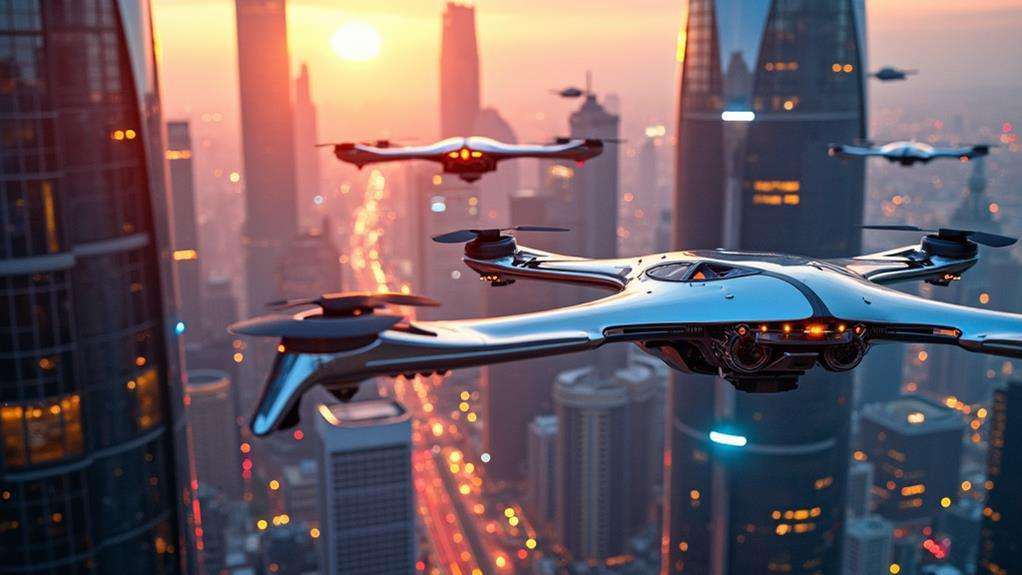
Technological innovations are rapidly advancing urban air mobility (UAM). Unmanned aerial vehicles (UAVs) in urban settings are becoming more sophisticated due to developments like Fly-by-Wire systems, which replace traditional hydraulic controls with lightweight electronic systems, enhancing safety and operational efficiency.
A significant breakthrough is Beyond Visual Line of Sight (BVLOS) technology. This allows drones to operate beyond the pilot's visual range, greatly enhancing their capabilities for urban logistics and transport. Picture drones delivering packages across the city without requiring direct supervision.
Detect-and-Avoid systems are another crucial innovation. These systems enable autonomous UAVs to navigate safely around other airborne traffic, addressing one of the most significant challenges in urban airspace. This makes advanced air mobility (AAM) more feasible and secure.
Simplified Vehicle Operations (SVO) are also gaining traction. They allow for remote pilot supervision, reducing the necessity for pilots in the cockpit and paving the way for increased automation.

